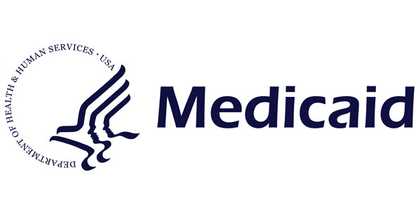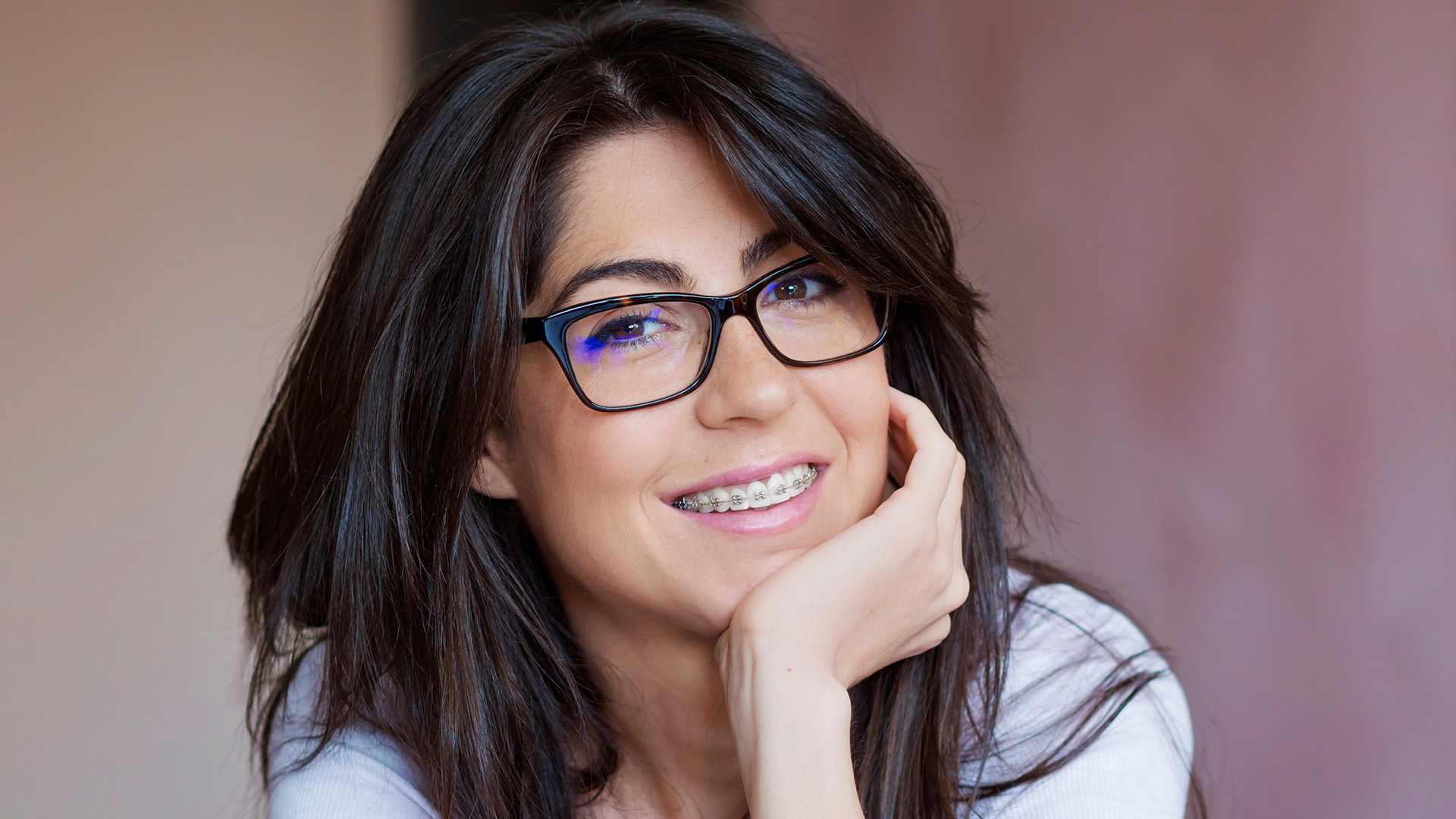Adults getting braces often encounter longer treatment durations and unique emotional factors, whereas braces for kids benefit from ongoing dental development.






Save $250 off braces or Invisalign!*
Schedule your appointment online.
Are you considering orthodontic treatment for yourself or your child? Understanding the differences between getting braces as an adult and getting braces as a child is crucial. While both aim for a healthier, more aligned smile, the experiences and challenges differ. Adults getting braces often encounter longer treatment durations and unique emotional factors, whereas braces for kids benefit from ongoing dental development. This article delves into the primary differences, focusing on treatment duration and complexity, physical and emotional aspects, and dental health considerations.
Treatment Duration and Complexity
The length of orthodontic treatment can vary significantly between adults getting braces and braces for kids. Adults generally experience longer treatment times, often ranging from two to three years or more, compared to the typical one to two years for children. This difference arises from several factors. Adults wearing braces have fully matured dental structures, with denser and less malleable bones, making tooth movement more challenging. Additionally, adults might face complex dental issues, such as prior dental work, missing teeth, or gum disease, which can complicate and extend treatment.
Braces for kids usually address simpler alignment issues, making their treatment more straightforward. In contrast, braces on teeth for adults may present with a mix of alignment problems and bite discrepancies, requiring a more personalized and comprehensive approach. This added complexity can prolong the orthodontic process for adults.
Physical and Emotional Aspects
The physical and emotional experiences of wearing braces differ notably between adult wearing braces and braces for teenagers. Children often have a higher pain threshold and recover faster from orthodontic adjustments. Conversely, adults may experience more discomfort due to their established oral and facial structures, leading to longer adjustment periods. This heightened awareness of discomfort can impact the overall experience for adults.
Emotionally, braces can have different implications based on age. Braces for teenagers are often viewed as a common milestone, shared among peers. For adults, however, the choice to get braces can bring about self-consciousness and anxiety about appearance. Adults may feel embarrassed or vulnerable, especially in professional and social contexts. Social perceptions of adult getting braces can add to these challenges, as misconceptions about braces being for teenagers may lead to unwarranted judgments. Despite these hurdles, the pursuit of a straighter smile remains a valuable investment in self-confidence and oral health.
Dental Health and Growth Considerations
Braces on teeth for adults and braces for kids differ significantly in terms of jaw and teeth development. Children’s ongoing growth can make orthodontic treatment more effective and flexible. Their adaptable jaws allow for easier alignment as they mature. Adults, with fully developed jaws, may require more complex strategies to achieve alignment, potentially leading to longer treatment times and increased discomfort.
Moreover, adults may have complex dental histories, including missing teeth or previous dental work, which can influence treatment options. An orthodontic evaluation is essential to determine the most suitable approach for an adult’s unique dental situation. In contrast, children often follow a simpler path as their primary teeth are replaced by permanent ones.
Maintaining dental health during treatment is crucial for adults. They must adhere to rigorous oral hygiene practices to prevent complications like cavities or gum disease. The presence of braces can make cleaning more challenging, emphasizing the importance of regular check-ups and professional cleanings to ensure successful treatment outcomes.





